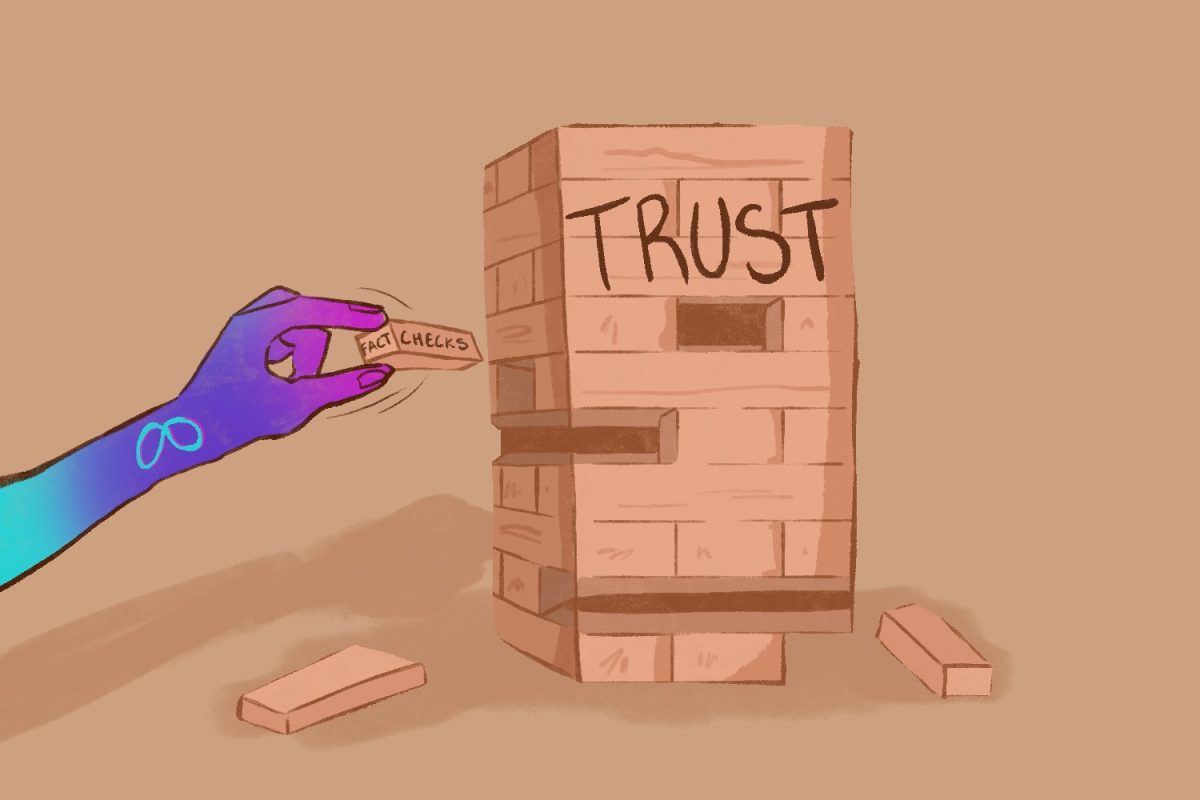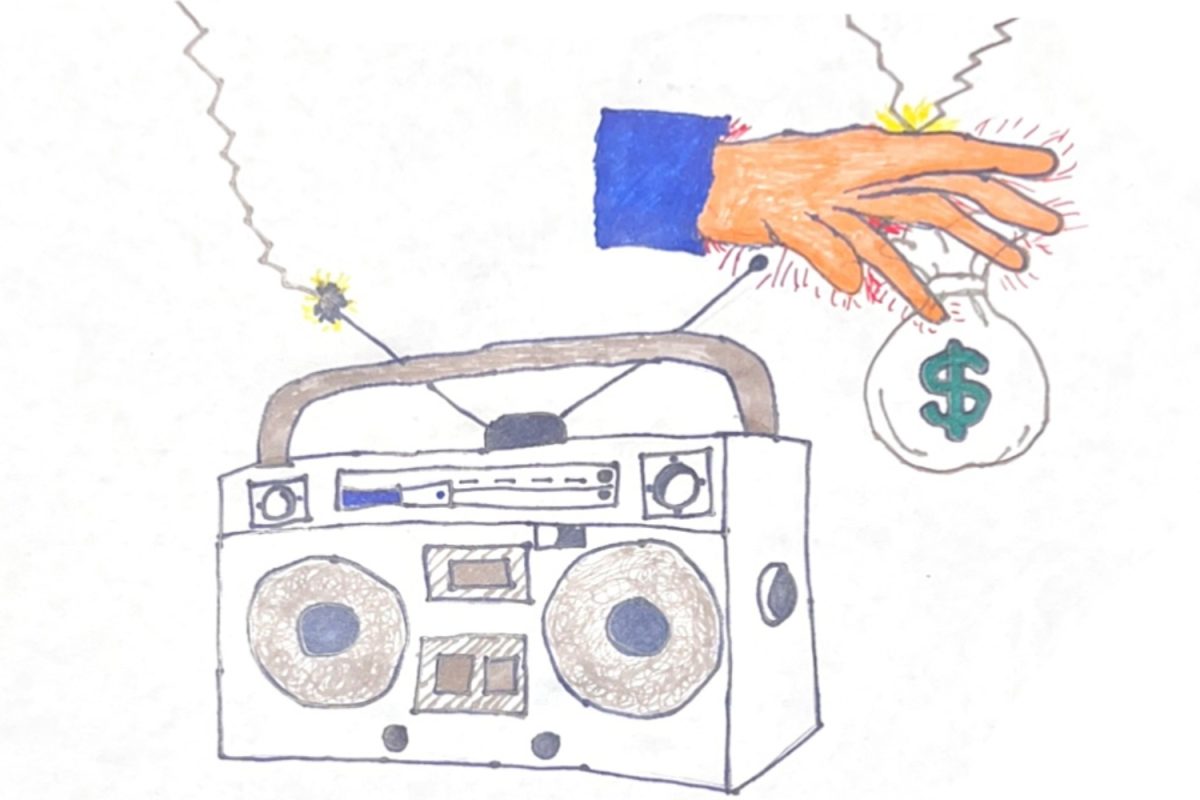“Buy her roses.”
“Buy her jewelry.”
What about him or them?
According to Brittanica, the initial origins of Valentine’s Day begin with Valentinus receiving a death sentence and being imprisoned in the third century due to his Christian beliefs. Valentinus gave his jailer’s blind daughter her sight back while he was incarcerated. Valentinus wrote the girl a farewell note the night before he passed away, signing it “From Your Valentine” on Feb 14, 269 A.D.
Though Valentine’s Day has evolved in many ways, such as the holiday is primarily about love and not rooted in Christian beliefs, one thing has remained the same since its origin in the third century: the heteronormative nature of the holiday.
Just because the origins of Valentine’s Day include a heterosexual romance does not mean the current heteronormativity is to blame for the holiday’s origins due to the largely accepting world we live in today.
There have been many reforms in the U.S. and across the world that prove that individuals have come a long way when it comes to accepting members of the LGBTQIA community, such as the legalization of same-sex marriage in 2015.
Considering the reforms over time when it comes to LGBTQIA acceptance, it is evident that the ones to blame for the heteronormative nature of Valentine’s Day are the ones who’re putting out advertisements and products solely for heterosexual couples: profit-hungry corporations.
According to a survey from the National Retail Federation, Americans spent $25.9 billion on Valentine’s Day in 2023. On average, consumers spend $192.80 on Feb. 14. These statistics make Valentine’s Day the third-most revenue-gathering holiday in the U.S.
Given the corporation’s success, they are unwilling to challenge the status quo of its current heteronormative products for fear of its profits going down if they include same-sex couples.
The fact of the matter is that the balance between same-sex and heterosexual couples would not change their profits and would provide a much more realistic image of what love truly is.
Think about it. How many Valentine’s Day advertisements do you know don’t feature a heterosexual couple doing activities such as dining by candlelight or exchanging sparkling gifts? Or, when you are in the card section of your local grocery store or Hallmark, how many cards feature two members of the same sex on the same card?
The heteronormative nature of Valentine’s Day is all around us, and most individuals don’t even realize how one-sided the advertisements are.
Take a look at Kay Jewelers‘ website. The main picture shows a woman with pretty diamond rings and bracelets holding flowers and hugging her spouse. Next to the photo, in bold white letters, are the words, “It’s giving love.” Or, Shane Company’s Valentine’s Day slogan is “All that she wants,” with a photo of a heterosexual couple right next to the slogan.
It is companies like Shane and Kay that prove that Valentine’s Day is geared toward heterosexual couples. Evidently, the LGTBQIA community is not represented in Valentine’s Day advertisements or products, further putting the community under the impression that their love is “not the norm.”
In order for everyone to feel their love is worthy of expression on Valentine’s Day, big corporations must change their ways by including same-sex couples in their products or advertisements.
*This editorial reflects the views of the Scot Scoop Editorial Board and was written by Ben Romanowsky.
The Editorial Staff staff voted 9 in agreement, 2 somewhat in agreement, and 5 refrained from voting.














